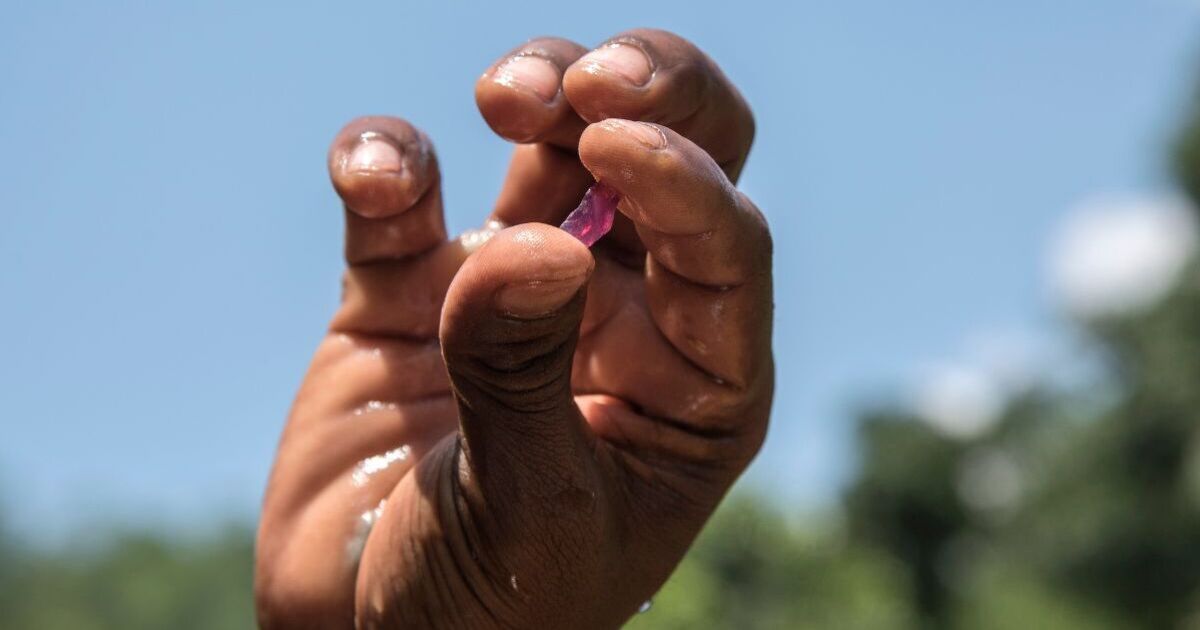Sri Lanka has underground mines that hold some of the world’s most valuable jewels, and every day miners risk their lives entering these mines in hopes of discovering the treasures within. The mines are filled with tunnels held up by logs, meaning they could collapse within seconds. Sri Lanka’s gemstone industry is around 2,500 years old, and some of the stones that can be found are blue sapphires, rubies, garnet, and topaz.
Despite the dangers, some of these miners have been working for decades. Samaranayakege Telakaratna, has been mining for over 50 years. He told Insider News: “Our ultimate goal is to find a precious stone. So we work hard and do our best.” However, when it comes to the job, there is no guarantee that any gems will be found, and therefore, miners are often left with nothing.
Ratnapura is the island’s “gemstone capital”, where miner Samaranayakege has been living his whole life. “There isn’t any other livelihood for us. Even the educated people are involved in mining, as they can’t find suitable jobs,” he shares.
To start their long work days, the miners prepare betel leaf and tobacco, which they chew for energy before entering pits, including one which runs 40 feet deep. All they have to support them going up and down are “risky” wooden rods, prone to decay.
The tunnels are also located near a river, which often results in water, sand, and soil being dumped inside, further adding to the dangers of being inside the tunnel. During the rainy season, the tunnels tend to flood “more than usual,” which can cause them to collapse. In 2015, four lives were taken when a mine in Ratnapura caved in, the video reports.
In attempts to improve the conditions of the pits, the miners use logs from rubber trees and a local plant called kekilla to block sand coming in.
However, being inside the tunnels also makes it difficult for the miners to breathe due to the lack of oxygen. Methane, a greenhouse gas, is also produced in the pits and due to its flammable nature, there are also risks of fires starting in the tunnels.
“When the gas is present, it may cause a fire. The gas makes it hard to breathe, and sometimes you can faint,” the miner adds.
Even with all those risks, when the miners drag up bags of gravel, which can weigh tens of pounds, they often find stones worth nothing, leaving them with an average basic salary of 1,200 rupees, which is equivalent to around £3 “enough to buy a gallon of milk”.
As the mines are all privately owned, when the miners do find a gem, they hand it over to the owners, who then sell it to the middlemen. This creates a major wealth division between the miners who risk their lives and the mine owners.
A one-carat blue sapphire from the island can range between $450 to $1,600 (£355 to £1237). The world’s largest one was discovered in Ratnapura in 2016 and is worth a whopping $300 million (£231 million).
Samaranayakege says: “A mining labourer may not have a big house, or any house at all. But the gem traders have multistorey houses, and they live luxurious lives.”

